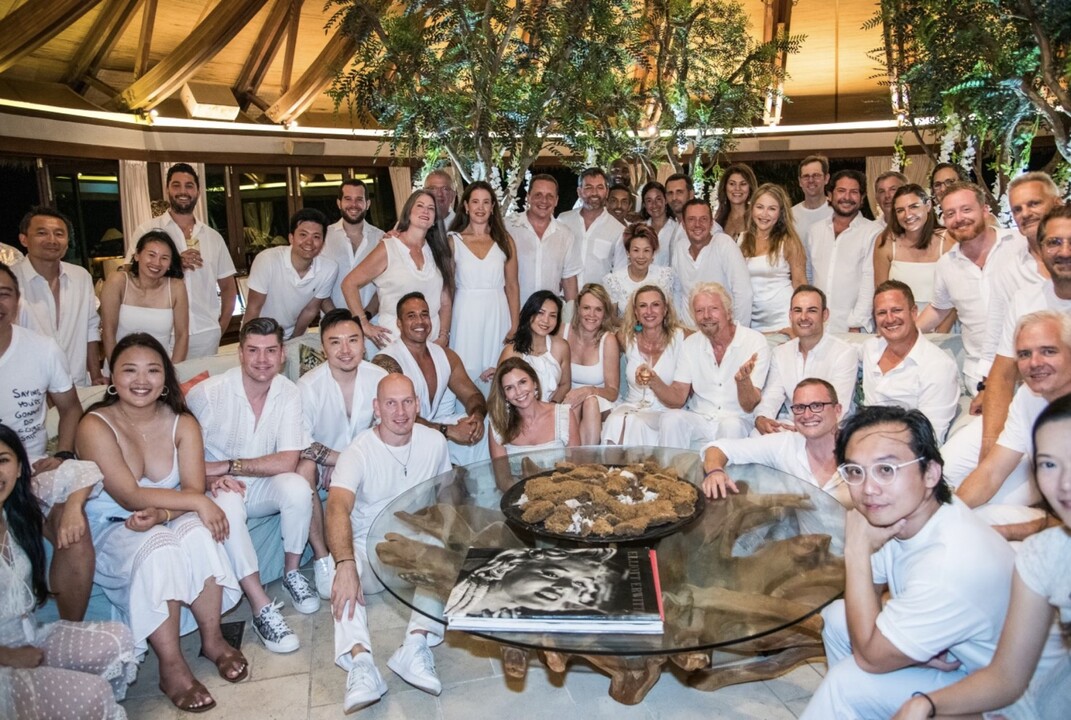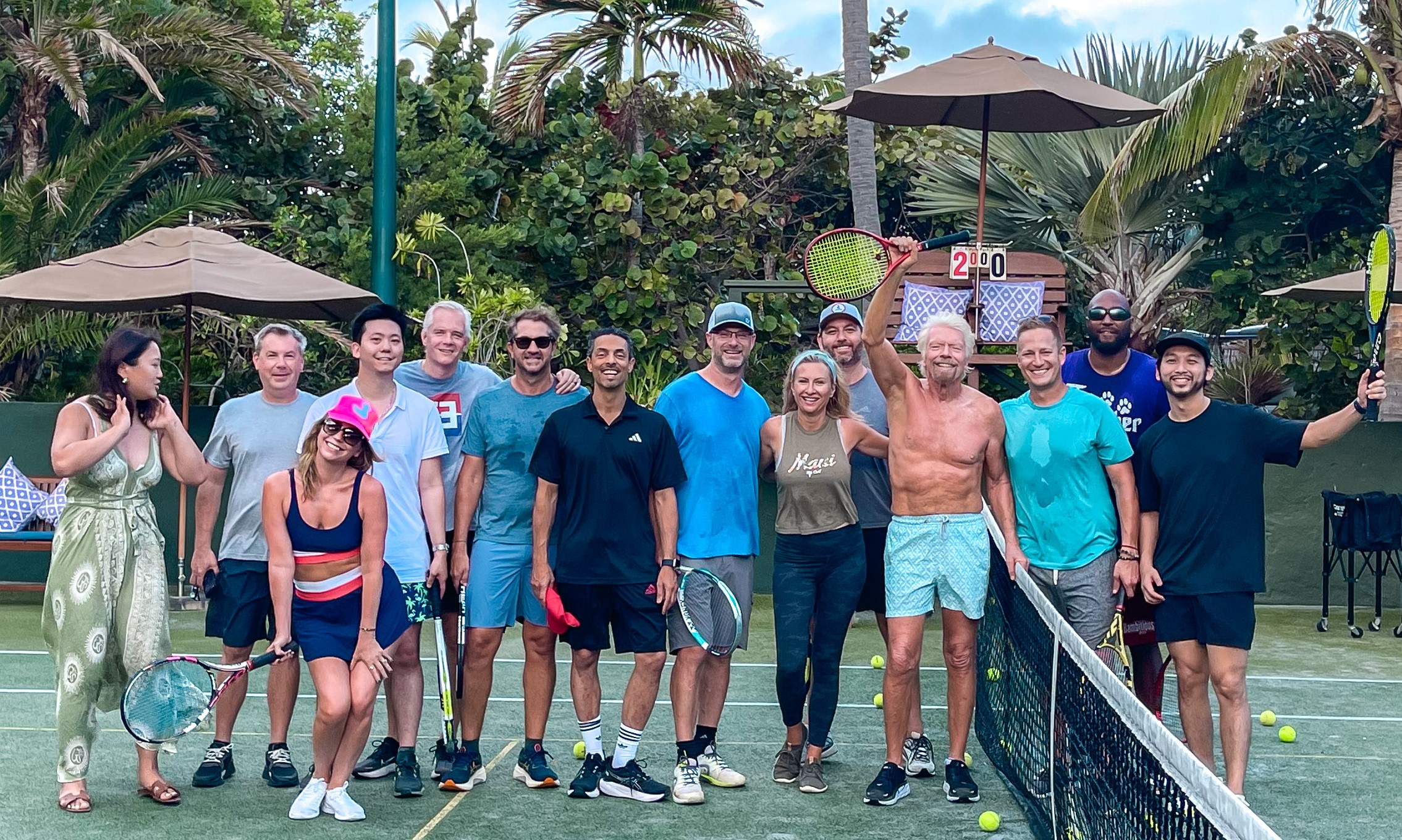
10 Fundamentals For A More Human-Centric Workplace
Where do you find energy and inspiration to show up for work each day?
For me, it’s my team and the culture we’ve created together. This is not by happenstance or luck. Setting in motion a perpetual cycle of positivity at work takes time, intention, commitment, collaboration and authenticity. You can’t architect it, force it or fake it.
We often judge success by tangible things like last quarter’s sales numbers. However, as a recruiting company that’s hired thousands of people for hundreds of companies, we see bottom-line success catalyzed by more intangible things: connection, autonomy, safety, fulfillment, individuality and purpose. We’re all human at work, after all.
This is not fluffy stuff. It’s critical to business.
“Without happy people, we don’t have happy clients, and without happy clients there is no revenue, and without revenue there is no company,” says Lee Deas, Founder of Obviouslee, a marketing and design agency.
We asked leaders of organizations that have been recognized as outstanding workplaces to share their perspectives on creating great company culture.
1. Create an environment where mistakes are okay.
Leaders, focus on a growth mindset.
“We encourage teammates to take risks and try new things, even if they fail,” says Brian Holcombe, President of rygr, an integrated marketing agency. “It’s okay to make mistakes, as long as we’re learning and moving forward. We create an environment where people feel comfortable discovering things about themselves. Our expectation is that we work to be a better version of ourselves next week than last week.”
2. Build trust.
Hire great people, equip them, then trust them to do their jobs. No need for lots of extra rules when implicit trust (not subservience) is foundational to your culture.
“We share our board meeting decks and month-end financials with everyone in the organization, and we expect them to engage with this information and ask questions,” says Odiaka Gonzalez, VP of People and Operations with Global Citizen Year, a nonprofit organization that equips young people to create meaningful impact on global issues. “We build trust by transparency and bringing people along with us vs. dictating from above.”
3. The best leaders don’t have all the answers.
Invite ideas, solutions and collaboration from your team.
“Leadership may not see everything that needs to be improved or tweaked, so it is up to everyone in the organization to notice what’s needed and speak up about disconnects between our stated values and our actions,” says Gonzalez.
4. People need to feel heard.
Companies spend a lot of time and money on employee surveys, but fewer take material action based on people’s feedback. Ask often, listen well and respond accordingly.
“We don’t always get ‘our’ way, but we are heard,” says Angie Bryan, a recruiter at Creative Alignments. “I know I am supported and what I say is welcomed and valuable.”
5. Show up to work as your authentic self.
Buck the old way of authoritative leadership “over” in favor of inspiring leadership “with” your people.
“I must have saved a nation in a former life or something heroic like that to be part of this goodness,” said Triza Codillo about the team at Creative Alignments.
6. Live your company values.
When you show up this way, you attract people who naturally and authentically live similar values.
“One of our core values is kindness,” says Holcombe. “You don’t have to be ‘nice’ to be kind. Kindness on our team includes clarity, transparency, honesty and gratitude. We are actively involved in our employees’ lives. They feel cared for, and in turn truly care about the community at rygr.”
7. Lead with empathy.
Take the time to understand where people are coming from.
Charles Fred, founder and CEO of TrueSpace, an entrepreneurial coaching organization, says, “There are two laws of business building: 1. For your business to grow you first must grow; and, 2. Your business, at any time, is perfectly designed to produce the results you see.”
If what’s going on in your organization now does not look like success to you, ask yourself what needs to change, and how to set things in motion. This starts with understanding yourself and the people on your team.
8. Little things can make a big difference.
You don’t have to invest tons of money and time in being appreciative and caring.
“People want nothing more than to feel valued,” says Deas. “The smallest things, like saying ‘thank you’ or ‘I recognize you for the good work you are doing’ go such a long way to help people feel energized and happy at work.
“Investing in benefits vital to our team’s health and wellness, like extended primary caregiver leave and unlimited paid time off, also shows people they are valued. And, it pays off in terms of retention. We have several team members who’ve been with us now for more than 10 years.”
9. Help people feel comfortable sharing what’s working, what’s not, and what they need or can contribute.
When you value what your people tell you and create a safe structure to speak up, you will get important feedback that will help you strengthen your culture and, therefore, your business.
“Transparency and accountability go in all directions,” says Gonzalez. “We are all part of creating our people-first culture.”
10. Personalized reach-outs really matter.
Show that you see people as individuals. Check in with someone who has been struggling to see how you can support them, or voice your appreciation for someone’s efforts.
Happiness created at work makes the world a better place. This goodness extends out from your employees to their families and communities. It also boosts your business’s bottom line by creating employee engagement and retention.
Contributed to EO by Peggy Shell, an EO Colorado member who is founder and CEO of Creative Alignments, a B-Corp certified recruiting firm providing a unique cost-effective alternative to traditional recruiting. Creative Alignments partners with companies using their business as a force for good to help them build strong teams. Peggy has contributed other posts including 8 Tips to Spot Fake Candidates Before Hiring Them and How Building Authentic Value for Employees Drives Business Success and How Women’s Authentic Leadership Can Impact Companies for the Better and How to Create a People-First Company Culture and CEOs Share 3 Fundamental Principles of Rethinking Workplace Norms.
For more insights and inspiration from today’s leading entrepreneurs, check out EO on Inc. and more articles from the EO blog.









